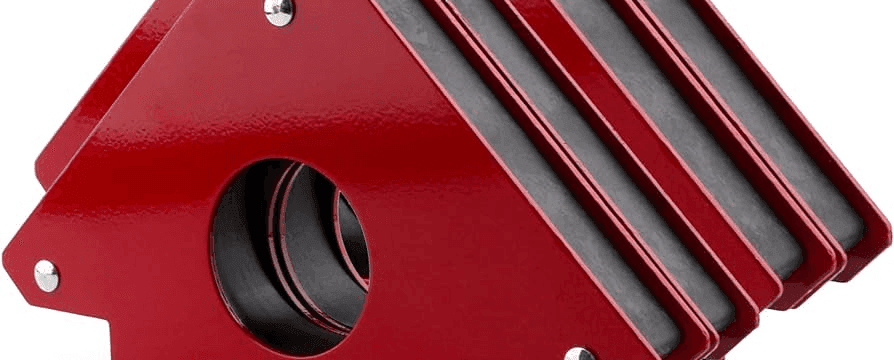Introduction In today’s fast-paced, technology-driven world, magnets have become an integral part of our daily lives, seamlessly integrating into both our professional and personal spheres. From the office to the home, these unassuming yet powerful tools have transformed the way we work, live, and interact with our surroundings. In this comprehensive guide, we’ll explore the […]
- Custom Magnets
- Standard Magnets
- Mounting Magnets
- Magnetic Assemblies
- About Us
- Knowledge







